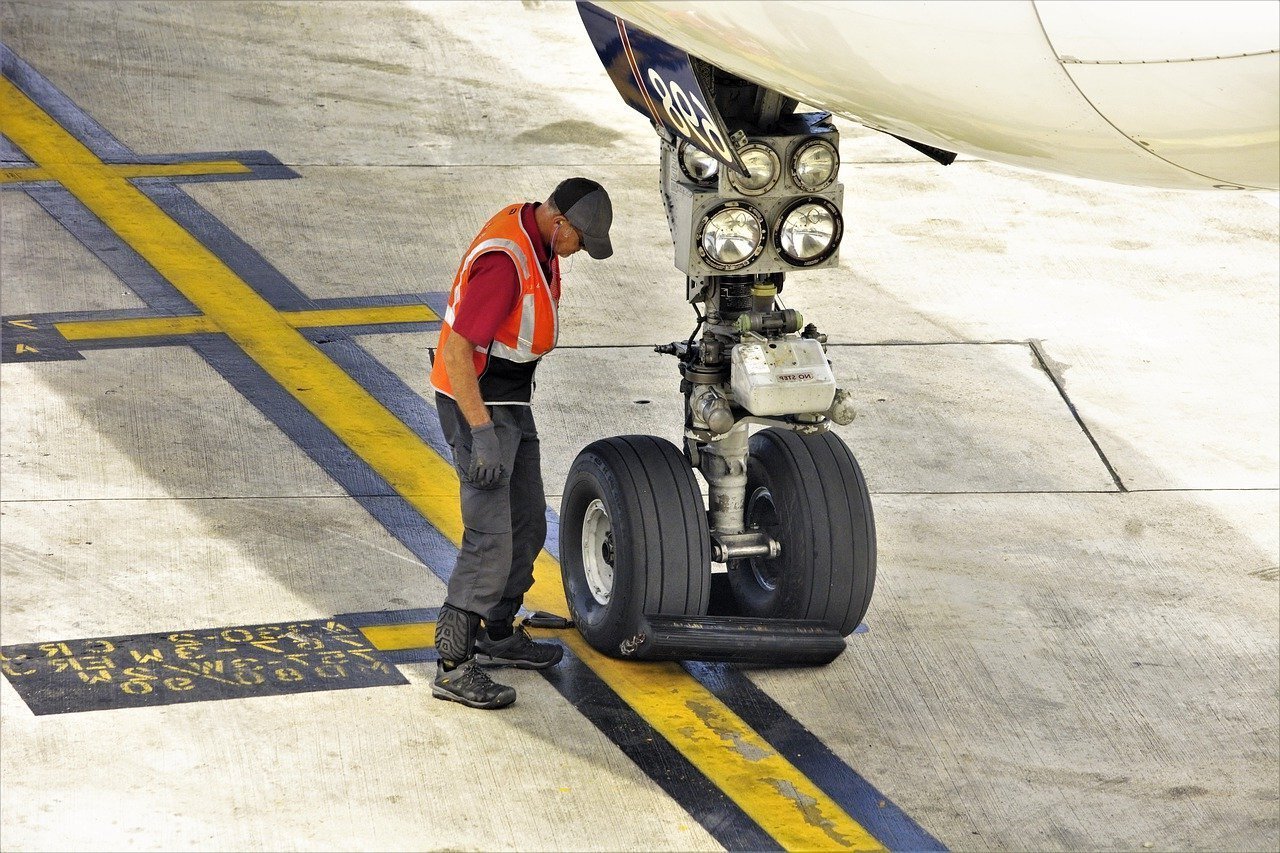
Aviation maintenance regulations ensure the safety and reliability of aircraft, which is crucial for both passengers and crew. But what exactly do these regulations entail? They cover everything from routine inspections to major overhauls, ensuring every part of an aircraft is in top condition. Did you know that these rules are set by various authorities like the Federal Aviation Administration (FAA) in the United States and the European Union Aviation Safety Agency (EASA) in Europe? These organizations work tirelessly to update and enforce standards that keep the skies safe. Understanding these regulations can help you appreciate the meticulous work that goes into every flight. Ready to learn some fascinating facts about aviation maintenance regulations? Buckle up!
Key Takeaways:
- Aviation maintenance regulations, overseen by the FAA in the U.S., ensure aircraft safety. Technicians must stay updated with training and international standards to maintain airworthiness and embrace technological advancements for efficient maintenance.
- From FAA oversight to international agreements, aviation maintenance regulations are crucial for global safety. With advancing technology like predictive maintenance and 3D printing, the industry continues to evolve for safer and more efficient operations.
What Are Aviation Maintenance Regulations?
Aviation maintenance regulations ensure aircraft safety and reliability. These rules are crucial for preventing accidents and maintaining operational efficiency. Here are some key facts about these regulations that every aviation enthusiast should know.
-
Federal Aviation Administration (FAA) Oversight
The FAA oversees aviation maintenance regulations in the United States. They set standards for aircraft maintenance, repair, and overhaul (MRO) facilities. -
Part 43 of the Federal Aviation Regulations (FAR)
Part 43 outlines maintenance, preventive maintenance, rebuilding, and alteration standards for aircraft. It applies to all aircraft operating in the U.S. -
Part 145 Certification
MRO facilities must obtain Part 145 certification to perform maintenance on aircraft. This certification ensures that the facility meets FAA standards. -
Airworthiness Directives (ADs)
ADs are legally enforceable regulations issued by the FAA to correct unsafe conditions in aircraft. Compliance with ADs is mandatory for maintaining airworthiness. -
Maintenance Manuals
Aircraft manufacturers provide maintenance manuals that outline procedures for maintaining specific aircraft models. These manuals must be followed to ensure compliance with regulations.
Training and Certification for Aviation Maintenance Technicians
Aviation maintenance technicians (AMTs) play a vital role in ensuring aircraft safety. Proper training and certification are essential for these professionals.
-
Airframe and Powerplant (A&P) Certification
AMTs must obtain A&P certification from the FAA. This certification allows them to work on aircraft airframes and powerplants. -
Continuing Education Requirements
AMTs must complete continuing education to stay current with new technologies and regulations. This ensures they maintain their certification and expertise. -
Human Factors Training
Human factors training focuses on reducing human error in aviation maintenance. It covers topics like communication, teamwork, and decision-making.
International Aviation Maintenance Regulations
Aviation is a global industry, and international regulations play a significant role in maintaining safety standards worldwide.
-
International Civil Aviation Organization (ICAO)
ICAO sets global aviation standards, including maintenance regulations. Member countries, including the U.S., align their regulations with ICAO standards. -
European Union Aviation Safety Agency (EASA)
EASA oversees aviation safety regulations in Europe. Their standards often influence regulations in other regions. -
Bilateral Aviation Safety Agreements (BASAs)
BASAs are agreements between countries to recognize each other's aviation safety standards. This facilitates international aircraft maintenance and operations.
Technological Advances in Aviation Maintenance
Technology continues to revolutionize aviation maintenance, improving efficiency and safety.
-
Predictive Maintenance
Predictive maintenance uses data analytics to predict when aircraft components will fail. This allows for proactive maintenance, reducing downtime and costs. -
Drones for Inspections
Drones are increasingly used for aircraft inspections. They can quickly and safely inspect hard-to-reach areas, improving efficiency. -
Augmented Reality (AR)
AR technology assists AMTs by overlaying digital information onto physical components. This helps technicians perform maintenance tasks more accurately. -
3D Printing
3D printing is used to create aircraft parts on-demand. This technology reduces lead times and inventory costs, making maintenance more efficient.
Final Thoughts on Aviation Maintenance Regulations
Aviation maintenance regulations are crucial for keeping flights safe and efficient. These rules ensure that aircraft are regularly inspected, repaired, and maintained to the highest standards. Without them, the risk of accidents would increase significantly. Mechanics and engineers follow strict guidelines to make sure every part of an aircraft is in top condition. Regular updates to these regulations help address new challenges and technological advancements in the aviation industry. Understanding these rules can give passengers peace of mind, knowing that their safety is a top priority. Whether you're a frequent flyer or just curious about how planes stay in the sky, knowing a bit about aviation maintenance regulations can be quite enlightening. So next time you board a plane, remember the hard work and dedication that goes into making your flight safe and smooth.
Frequently Asked Questions
Was this page helpful?
Our commitment to delivering trustworthy and engaging content is at the heart of what we do. Each fact on our site is contributed by real users like you, bringing a wealth of diverse insights and information. To ensure the highest standards of accuracy and reliability, our dedicated editors meticulously review each submission. This process guarantees that the facts we share are not only fascinating but also credible. Trust in our commitment to quality and authenticity as you explore and learn with us.


